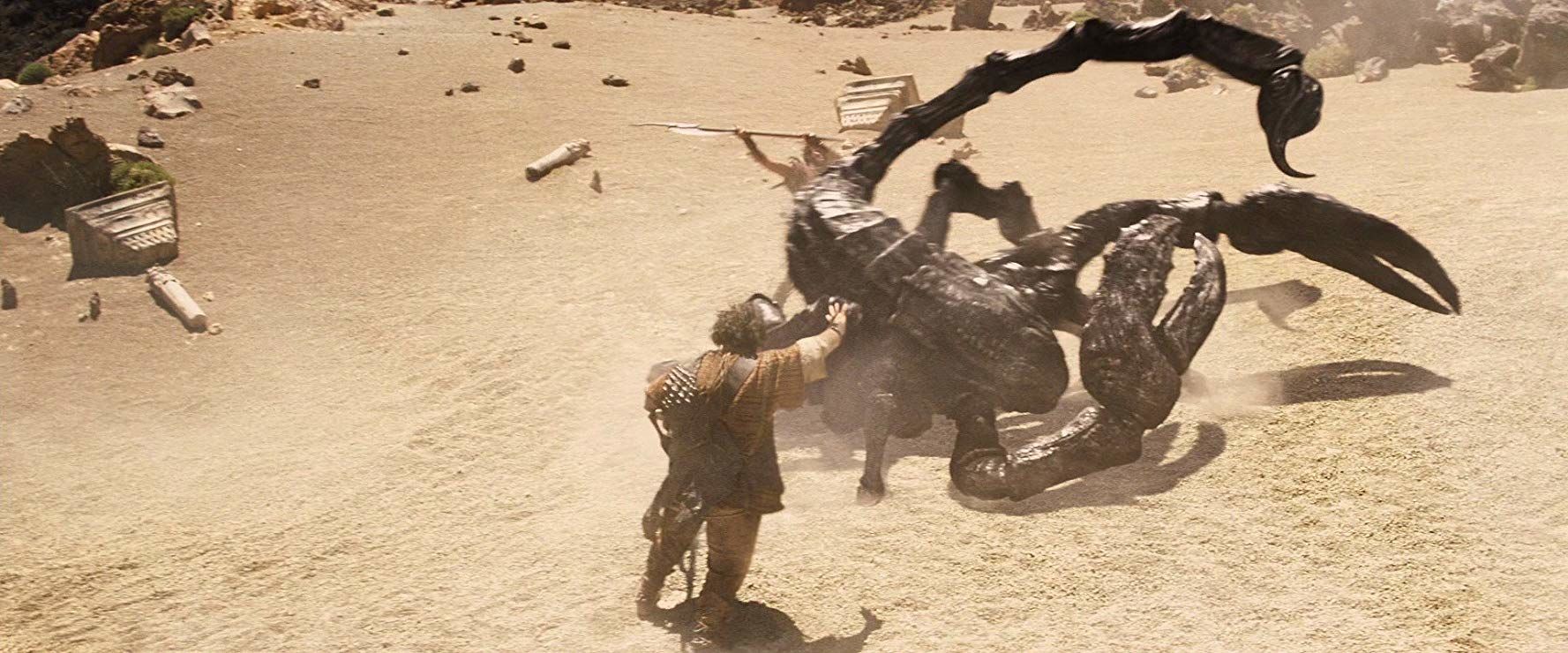Create a free profile to get unlimited access to exclusive videos, sweepstakes, and more!
This Scorpion fossil found in the '80s may explain when animals first walked on land

Humans like to think of themselves as all high and mighty, but other species got the hang of this whole "living on land and breathing oxygen" thing long before we did.
According to a newly-published report on Nature.com, scientists have reexamined the fossil of a primordial scorpion that may have been one of the first-ever animals to leave the oceans, walk on land, and breathe the air more than 430 million years ago. It is certainly the oldest scorpion on record, predating "Parioscorpio venator," which was unearthed in Scotland.
This new species of Silurian Period scorpion (found in Wisconsin of all places) has officially been dubbed "Parioscorpio venator." Even more surprising is the fact that the fossil had been sitting in the museum at the University of Wisconsin since the 1980s. There, the arachnid's remains (and its secrets about evolution) would have stayed, if not for Wendruff, who is working toward a PhD.
"We have the preservation of the internal structure. They were just like modern scorpions in that they were doing the same things. They were more than likely breathing air," Andrew Wendruff, a paleontologist at Otterbein University in Westerville, Ohio, told CNN. Wendruff co-authored the study with Loren E. Babcock, Christian S. Wirkner, Joanne Kluessendorf, and Donald G. Mikulic.
While the study does state that there is no conclusive evidence to prove that this scorpion was fully "terrestrial," it does concede that the findings do suggest "that ancestral scorpions were likely capable of forays onto land, a behavior similar to that of extant horseshoe crabs."
In addition, Parioscorpio venator is almost identical to its modern day relatives, although it does share similarities with prehistoric scorpions that lived solely underwater. At about two centimeters, venator did have a stinger, but Wendruff and his team are unsure of whether or not it used venom. Like the scorpions of today, this species has no relation to the terrifying Eurypterid "sea scorpions" that could grow up to six feet long before going extinct over 250 million years ago. (And we're assuming it's not related to the scorpion seen in Clash of the Titans up top.)
















